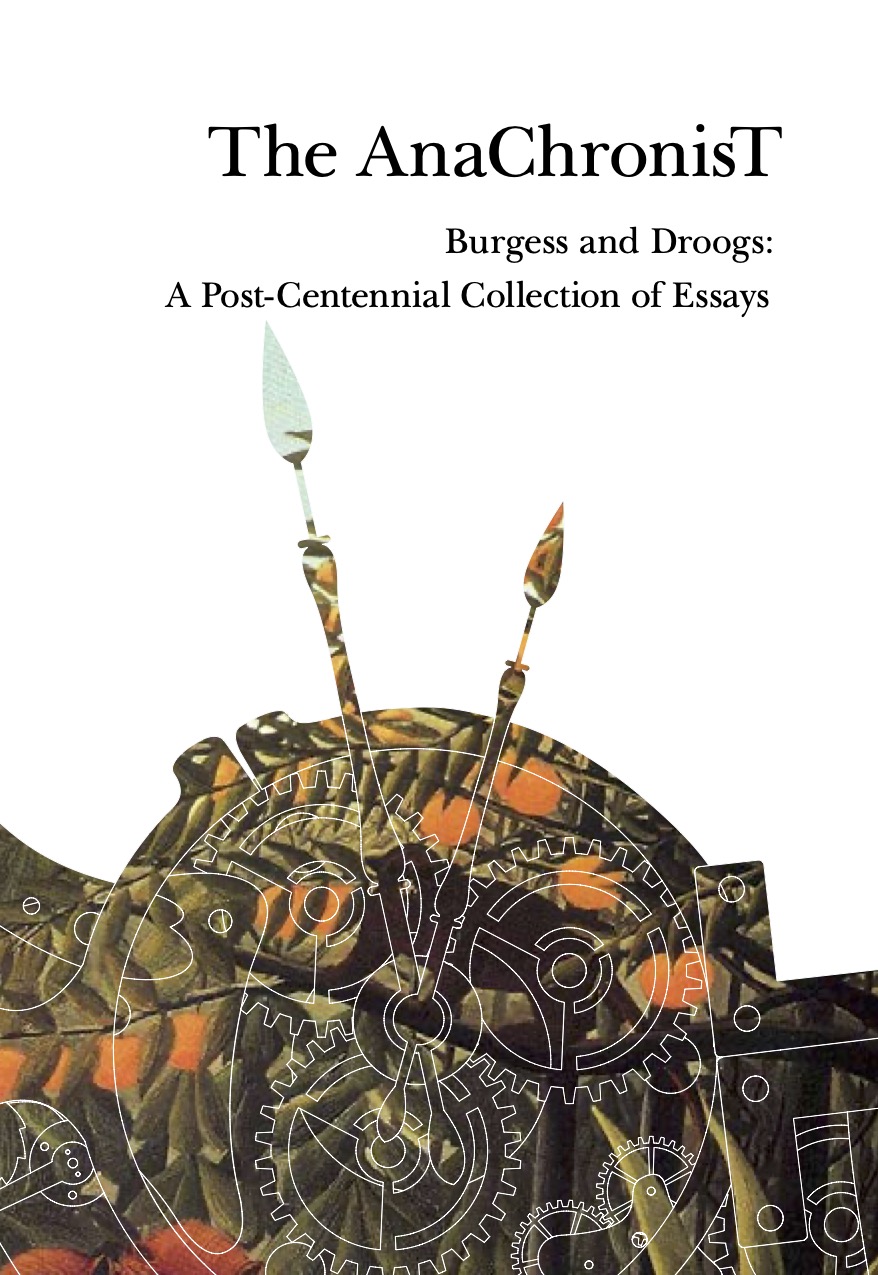The Ludovico Effect of Intermediality in A Clockwork Orange
The Novel and the Film
DOI:
https://doi.org/10.53720/XIYI2506Abstract
During the intensive critical debates around the adaptation of Burgess’s novel, which mainly raised the issues of fidelity and obscenity, Stanley Kubrick repeatedly claimed “[i]t’s all in the plot.” By saying this, he was not only referring to a narrative fidelity to the plot, but also to the inherent intermediality of Burgess’s text. Indeed, beyond the obvious tense duality between the orality represented by the nadsat slang and the literary, written text, the novel presents a complex texture of sensorial—visual, auditory, tactile, and even olfactory—cues that acquire culturally determined meanings in the novel and as such reflect on each other metaphorically. In order to avoid falling into the trap of a comparative criticism claiming the impossibility to adapt visual (or “sensorial”) literature to film, I will regard Kubrick’s adaptation as a discursive practice that adapts, beyond the plot, Burgess’s view on the manipulative, conditioning effect of audio-visual media on society. I argue that by irony and excess, achieved with audio-visual stylisation, Kubrick also thematises the contemporary criticism of these media effects. Moreover, he is not only representing but also modelling the central issue of socio-psychological conditioning through audio-visual exposure.

